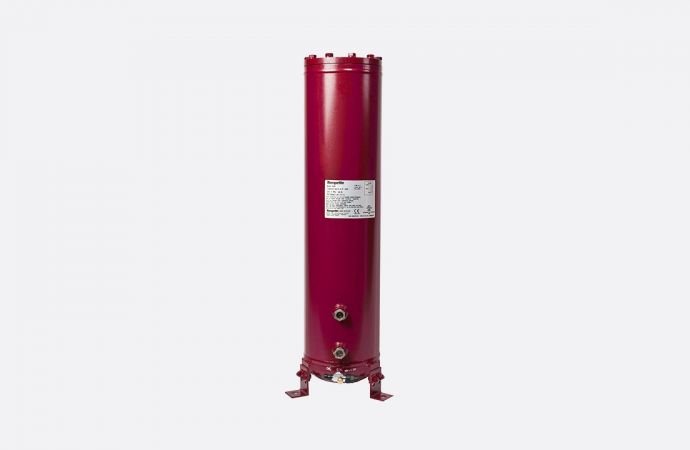The compressor’s drive relies on a gear mechanism to reduce overall friction and vibrations.

The Memorial Mall at Purdue University.
Researchers from Purdue University, West Lafayette, Indiana (U.S.), have proposed a new design for scroll compressors that they say reduces friction while improving efficiency and potentially increasing the maximum compressor speed.
The design focuses on the compressor drive and its gear mechanism. The mechanism is designed with one center gear and three smaller gears surrounding and connected to the center gear.
“In the conventional scroll compressor setup, typically an Oldham coupling is used, which is based on a metal to metal sliding contact,” explained Leon Brendel, a PhD student in mechanical engineering at Purdue, in the university’s website. “This causes frictional losses and requires complicated wear-in processes for the manufacturer.”
By contrast, “our design is driven by a gear mechanism instead, aiming to reduce the overall friction to offer a more efficient compressor and simplify wear-in processes to reduce manufacturing cost,” Brendel added.
Brendel and his colleagues at Purdue are now looking for partners to continue developing the technology. Interested parties can contact Dhananjay Sewak at the Purdue Research Foundation’s Office of Technology Commercialization, referencing the code 2020-GROL-69101.
The new design moves any weight-balancing away from the center shaft to the three smaller gears, which is what leads to a reduction of vibrations and the higher potential maximum compressor speed.
“The mechanism also can be designed to define the orbit more accurately, thereby reducing leakage gaps, which could improve the compressor efficiency,” Brendel said.
Related stories



